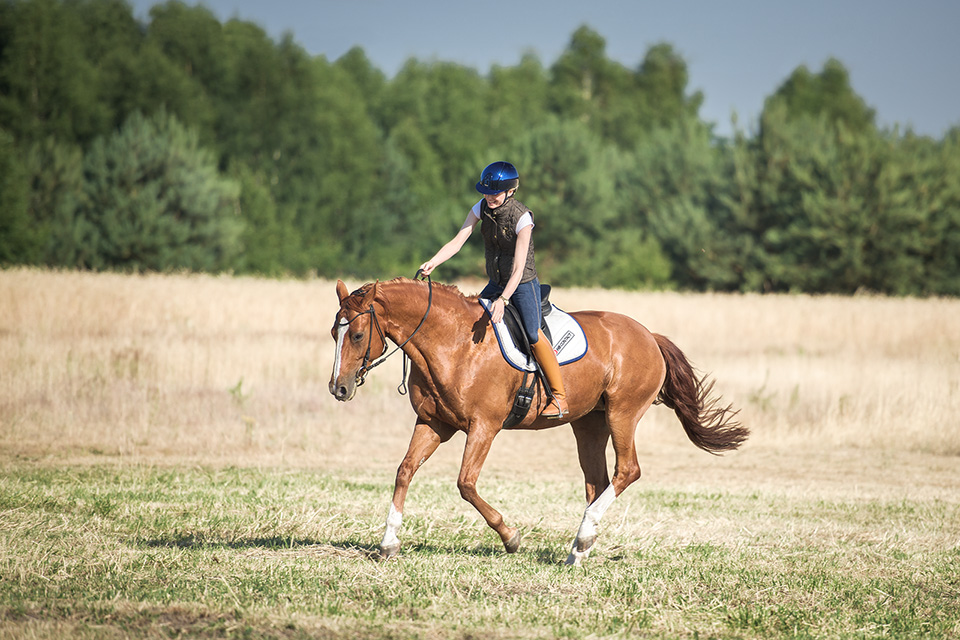Question for Participants: Write down one key takeaway from the previous section that is most important to you. Relaxing a Horse Using the Bit In this section, you’ll learn how it is possible to relax a horse using the bit. This can be done while standing by the horse, during lounging, and most importantly, during
Preparation: Guiding Exercise in Pairs Before beginning this segment of the seminar, conduct a guiding exercise with participants working in pairs. Guiding Exercise: Pair Participants: Divide your group into pairs. Ensure each pair has short riding reins or a suitable substitute, such as a stiff rope. Exercise Setup: One person in the pair holds the
Seminar Overview: This seminar, “RTRT and Contact Seminar, Module 1,” is the first part of a series focused on mastering contact in riding with RTRT method. Participants will explore the concept of contact, identify challenges they face, clarify their goals for ideal contact, and reflect on the tools they currently have. The session is designed
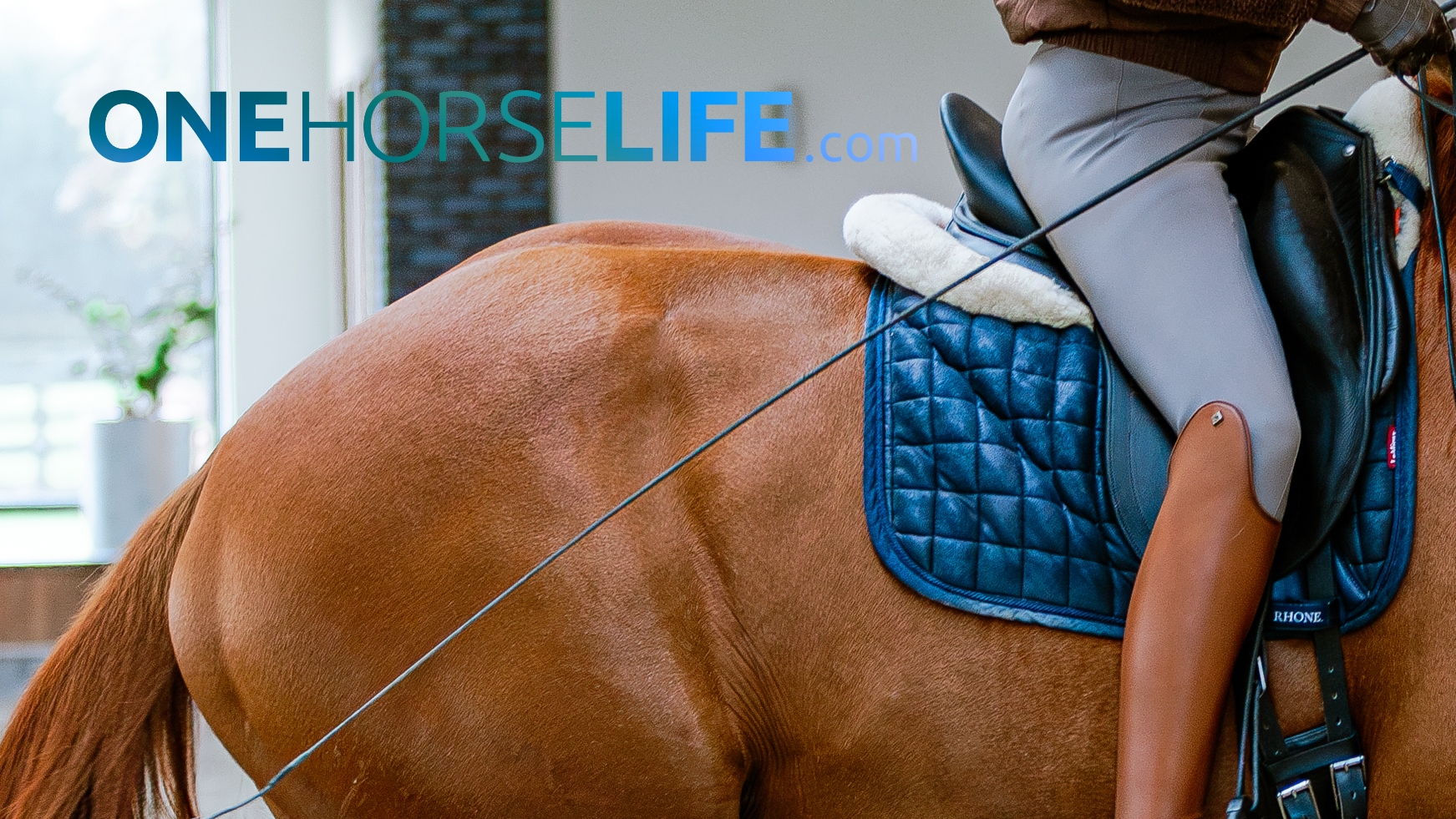
The Misconception About Relaxation and Performance in Equestrian Sports Many trainers and athletes in equestrian sports believe that relaxation leads to reduced engagement and movement. They perceive that if a
Warmest welcome to the 5th Module of Anna’s Riding Method: Mastering Transitions! Below you will find the link to the English version of this Module. I am excited to share this with you, trusting that it will profoundly support your development as a rider. This module is designed to help you take significant steps forward
Welcome to the 5th Module of Anna’s Riding Method course: Transitions. We will explore how to execute transitions using Anna’s Riding Method and the importance of performing these transitions appropriately. But before we dive into transitions, let’s recap a topic from the third module: the two distinct approaches to horse riding. In one approach, the
Warmest Welcome to the 6th Module of Anna’s Riding Method: Rider’s Seat in Canter Before you move on to downloading this Module of Anna’s Riding Method, let’s take a moment to see the change in Incredible’s Life physique achieved literally during the duration of the Anna’s Riding Method Course. We have purposefully bought a horse
Welcome to Module 6 of Anna’s Riding Method: Rider’s Seat in the Canter! In this important Module, we take under a magnifying glass the rider’s seat, and the horse’s biomechanics in canter. We move beyond traditional riding approaches, offering insights into the unique qualities of riding canter, not discussed elsewhere: Activating Tendons in Canter, and
As mentioned in the previous chapters, the most effective way to ensure a horse stretches its outside body is through the Residual Tension Release Therapy (RTRT) method. This amazing technique, when applied during riding, aids in substantially relaxing and lengthening the horse’s outer body. It’s particularly useful for making turns and proves to be an
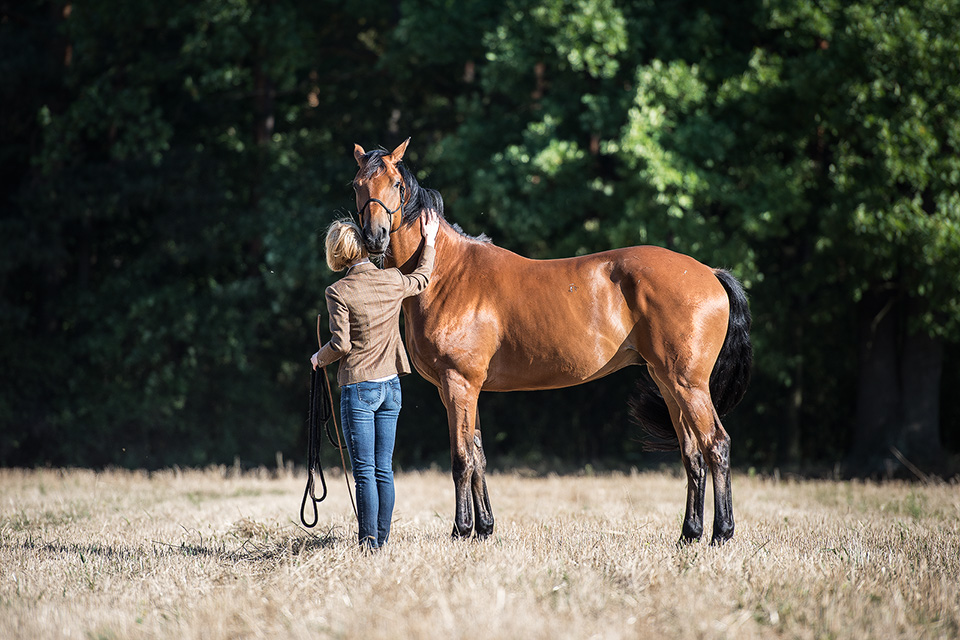
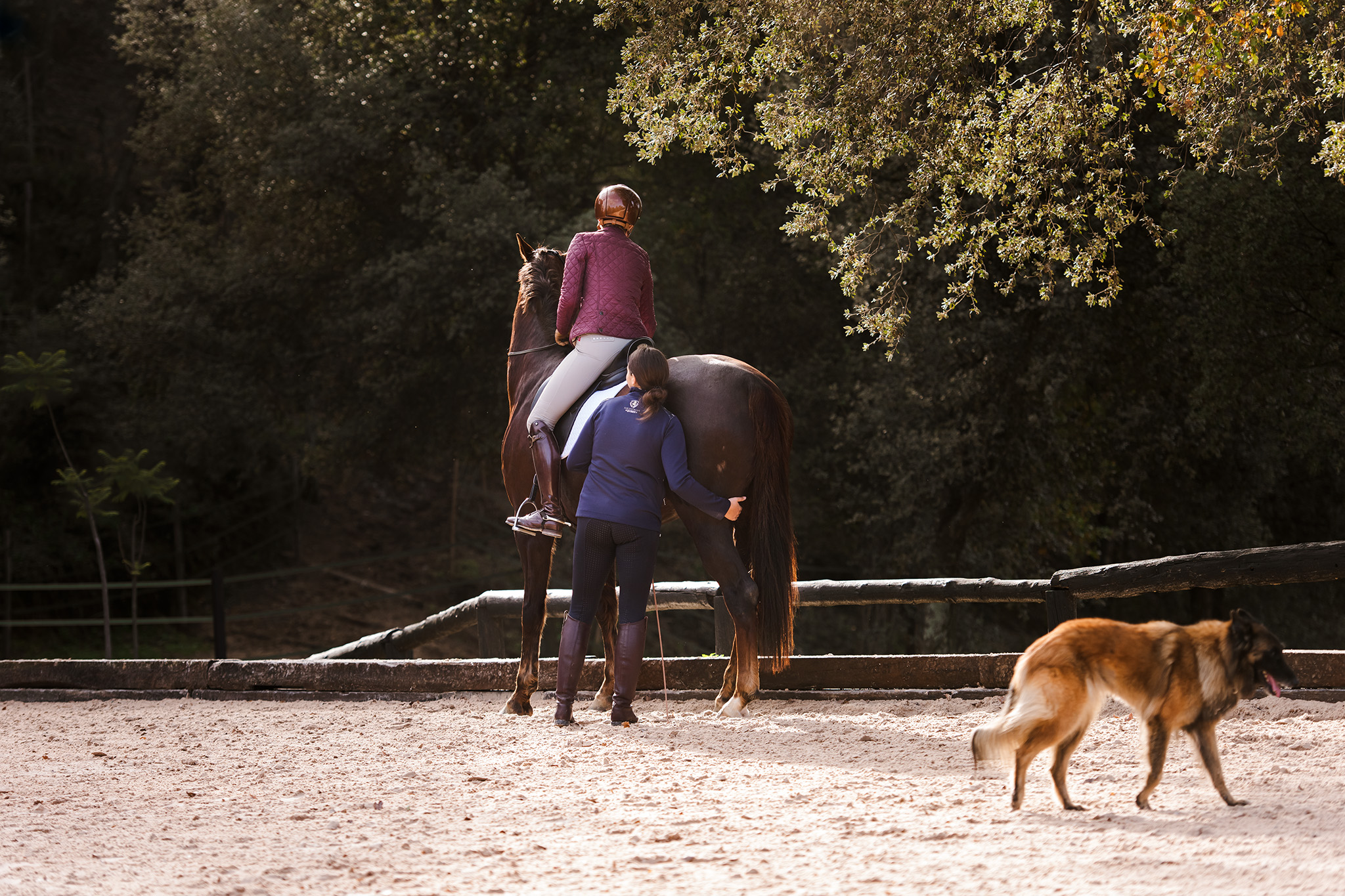
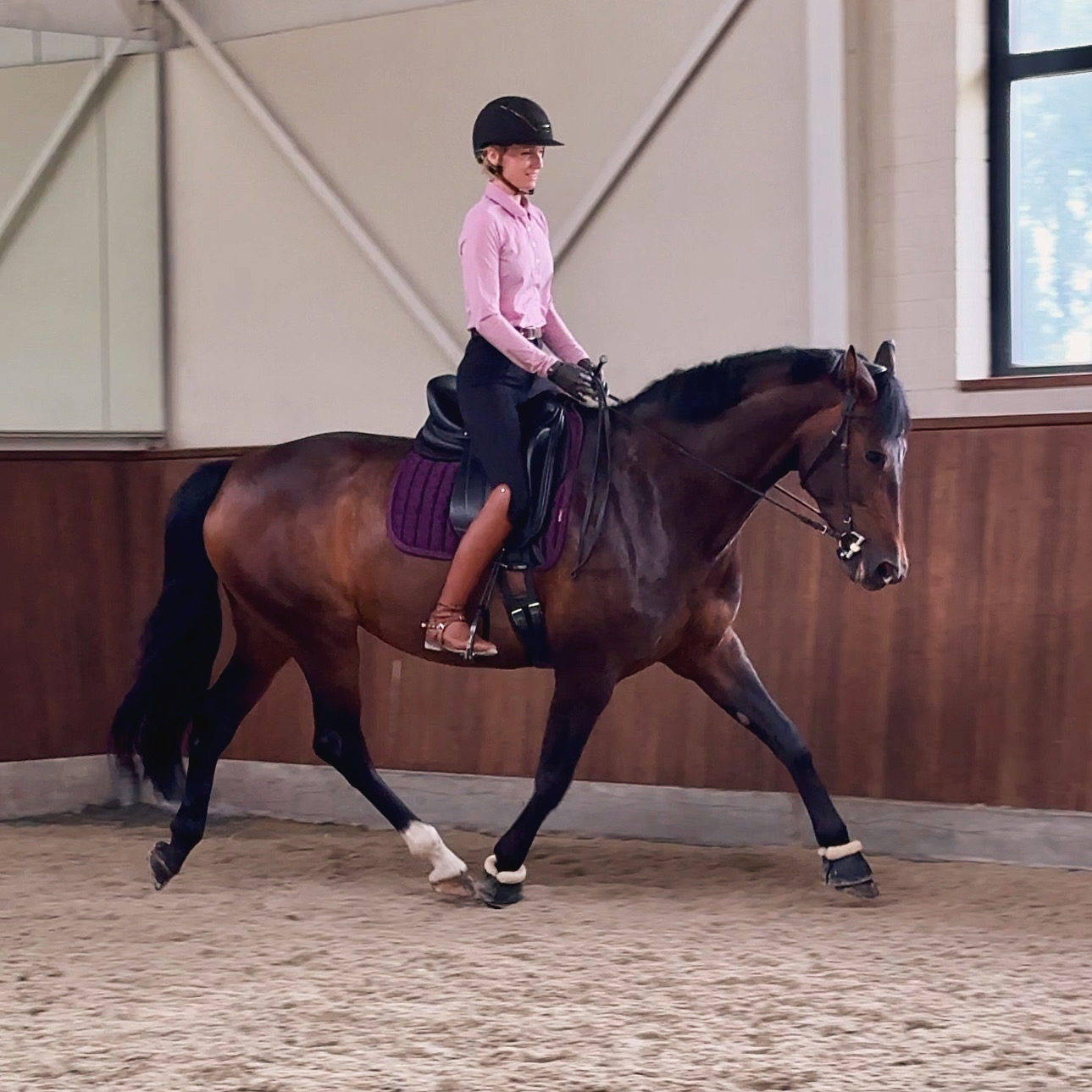
![Anna’s Riding Method: Module 6, e-Book files [EN + PL]](https://onehorselife.com/wp-content/uploads/2024/03/IMG_4115.jpg)
